This change story is from our 2019 annual report.
The overarching conclusions of the report, authored by SEI and Finantsakadeemia OÜ, are that it is technically possible to reach climate neutrality in Estonia by 2050 if all sectors in society contribute and clear targets are set. The analysis outlines a pathway for reaching net zero, demonstrating how climate neutrality can be potentially profitable in the long term, creating new jobs and spurring innovation.
The study uses a 2017 baseline for emissions across five key sectors – waste, industry, agriculture, transport and energy production – against which projections were made for reductions that could and would need to be made to reach net zero.
If the measures in SEI’s analysis were implemented in full, total emissions in 2050 are projected to reach 2.25 Mt CO2-equivalent, with the energy sector contributing close to zero emissions, mainly by replacing oil shale energy with wind, solar, new balancing capacities and potentially nuclear. Under the pathway, reductions would need to be complemented by some carbon sequestration through afforestation, conversion of peatlands to grassland, and liming of soils.
While the transition is achievable and economically feasible, social impacts must be taken into account. The northeast of the country is economically dependant on oil shale, and plans to reach net zero must include a dedicated package to ensure the transition will be positive for communities affected by the transition. The transition must be a just one.
“I am convinced that every euro that we invest in halting climate change and new technologies will return manyfold in terms of both wealth and quality of life. This was demonstrated also by the [report]
by SEI Tallinn… we have a roadmap for how to invest smartly in halting climate change.”
—Jüri Ratas, Prime Minister of Estonia
The Government of Estonia said that the SEI report gave the country the confidence to take the step of committing to climate neutrality by 2050 thanks to its thorough analysis and research.
“I am convinced that every euro that we invest in halting climate change and new technologies will return manyfold in terms of both wealth and quality of life. This was demonstrated also by the [report] by SEI Tallinn… we have a roadmap for how to invest smartly in halting climate change,” said Jüri Ratas, Prime Minister of Estonia.
The report generated heightened awareness in wider society on going climate neutral, opening up public discussion and changing perceptions, which was reflected in political decision-making. It also encouraged Estonian government support for the EU’s vision of A Clean Planet for All, setting 2050 as the target year for achieving climate neutrality across the European Union.
The publication of the report and the wider debates it sparked also coincided with the process of choosing new EU commissioners. Estonia’s efforts to endorse and reach climate neutrality was a factor in the nomination of Estonian politician Kadri Simson as the next EU Commissioner for Energy, who was subsequently approved for the role by the European Parliament. Simson will play a key role in setting the European agenda on energy and climate issues, in particular the European Green Deal, which will be critical at the European and global level for years to come

SEI focuses on effective, equitable ways to mitigate and adapt to climate change for a safer climate for all. Adaptation to climate change is a key area of our research. In particular, we look at adaptation policy and finance under the UN Framework Convention on Climate Change, vulnerability assessments, capacity building and community-based adaptation.
The partnership between SEI Tallinn and the Government of Estonia has propelled action to reach carbon neutrality and inspired it to support similar ambitions across the EU. And efforts to meet climate targets have a positive impact on the attainment of a range of other SDGs. Decarbonizing the waste, agriculture, transport and energy production sectors contributes to SDG 7: Affordable and clean energy and SDG 11: Sustainable cities and communities, and ultimately to SDG 8: Decent work and economic growth.
This is an impact story – a highlight of our work from 2019. This story and a selection of others can be found in our annual report.
SEI annual report / Read the annual round up of SEI's research, engagement and operations in 2019 – how we work in partnership for change.
Design and development by Soapbox.

